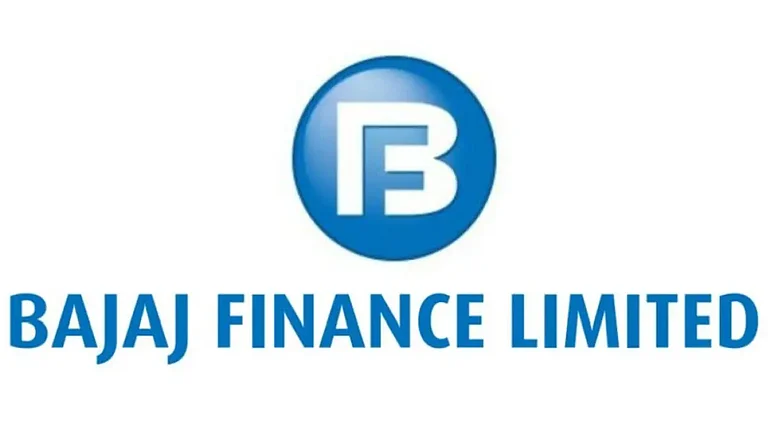Eichengreen et al. (2013) found that growth slowdowns were more likely in economies with high old-age dependency ratios, high investment rates and undervalued real exchange rates. Bulman and others (2014) found that escapees from the middle-income trap had higher TFP growth, faster transformations toward industry, better macroeconomic management and consistently more export orientation. Furthermore, countries with high secondary and tertiary education and with a larger share of high-tech products in exports are less likely to fall into the trap.
Does India Risk Falling into the Middle-Income Trap?
The evidence in this chapter shows that the middle-income trap is not a robust empirical or conceptual phenomenon. If the phenomenon itself is not very robust, the possibility of India falling into the middle-income trap becomes a moot point.
Nevertheless, an analysis of the factors that can help a country avoid the middle-income trap provides considerable assurance that India should be able to continue to grow at steady rates till 2047 without encountering obstacles caused by the middle-income trap. First, the preponderance of evidence suggests that productivity improvements are critical to avoiding the middle-income trap. As shown in Chapter 2, average TFP growth rate from 2014–19 in India has been 2.7 per cent, which is more than double the average growth rate of 1.3 per cent from 2002–13. The higher TFP growth rates from 2014 are consistent with increase in productivity due to the several reforms launched post 2014. The 5-year compound annual growth rates (CAGR) for TFP growth in India in 2019 was 2.5 per cent, the four-year CAGR was 2.2 per cent, and the seven-year CAGR was 2.5 per cent. The emphasis on formalization of the economy and the development of DPI will continue to further productivity improvements in India. Thus, the productivity improvements driven by reforms suggest that the necessary condition for avoiding the middle-income trap is being fulfilled in the Indian scenario.
Areas Requiring Policy Emphasis for India to Avoid Middle-Income Trap
The analysis of factors that can contribute to a country remaining in or escaping the middle-income trap leads to specific recommendations about the areas that require policy emphasis:
1. Growth from middle income to high income would require weaning away government support to the sectors that helped India rise to middle-income status. These groups will resist the elimination of subsidies and protections provided as part of the growth to middle-income status, thereby hindering the process of transformation of the country from middle income to high income. So, as India’s GDP per capita grows, industrial policies need to alter their focus away from sectors that supported growth to middle income, to sectors that will help India transition to high income. Therefore, it is crucial for all forms of industrial policy support to include ‘sunset clauses’ with clear end dates, making it clear to all stakeholders that the support is not intended to be permanent.
2. As foreign competition is vital both for continued productivity growth in domestic firms and for stimulating innovation, India needs to set a timeline for removal of trade protections to domestic firms. Additionally, economic transformation can be costly, especially if emerging sectors rely only on importing intermediate goods without becoming internationally competitive. As was explained in Chapter 3 of the Economic Survey 2018–19, government protection must be directed towards children, not dwarfs in the economy. Therefore, trade policy needs to set the expectation for staged removal of protection. Otherwise, trade policy would perversely be incentivizing the sustenance of dwarfs in the economy, thereby hampering growth in domestic productivity.
3. Consistently greater orientation towards exports and participation in global value chains (GVCs) enable countries to escape the middle-income trap. Therefore, India needs to enhance its export penetration and participation in GVCs.
4. Faster transformation toward industry remains an important factor in avoiding the middle-income trap. Therefore, India cannot escape investing in its manufacturing capabilities.
5. Along with productivity enhancement, improvements in the rule of law and reduction in corruption provide sufficient conditions for escaping middle-income trap. Therefore, reforming the bureaucracy, the judicial system and bureaucratic processes are critical.
6. Countries with high levels of secondary and tertiary education and with a larger share of high-tech products in exports are less likely to fall into the trap. They need to invest in transforming their education systems in a way that will equip the labour force to continuously adapt. Therefore, investments in education and healthcare to enhance the quality of our human capital are essential.
While it is unlikely that India will encounter the obstacles faced by countries like Argentina and South Africa that have been stuck in the middle-income trap, India must ensure focus on the above policy areas to ensure that even remote possibilities of being in the middle-income trap are eliminated.

Bookmarked
Take a look at what’s new in the business section of Amazon’s bookshelf
Supremacy
Parmy Olson
Published: August 2024
It is the story of the battle between two AI companies and the dangerous direction that they are now going in. It is a story of manipulation, exploitation, secrecy and of ruthless, relentless human progress—progress that will impact all of us for years to come.
Strategic Conundrums
Published: July 2024
It examines India’s current and looming foreign policy challenges from a policy-oriented perspective while also analysing the long-term factors that should determine the country’s foreign policy formulation.
The Electric Vehicle Revolution
Kenneth K. Boyer
Published: August 2024
The author highlights the promise, perils and personalities of the world’s automobile makers as they re-engineer a post-carbon present and future. This book includes the stories of the leaders leading the charge to decarbonise the transportation sector.
Inside the Invisible Cage
Hatim Rahman
Published: August 2024
The book investigates how algorithms are used to dictate the actions of workers by determining accepted behaviours and work opportunities. It also provides insights on how to ensure that the future of work has equitable, mutually beneficial outcomes.











 Just one email a week
Just one email a week